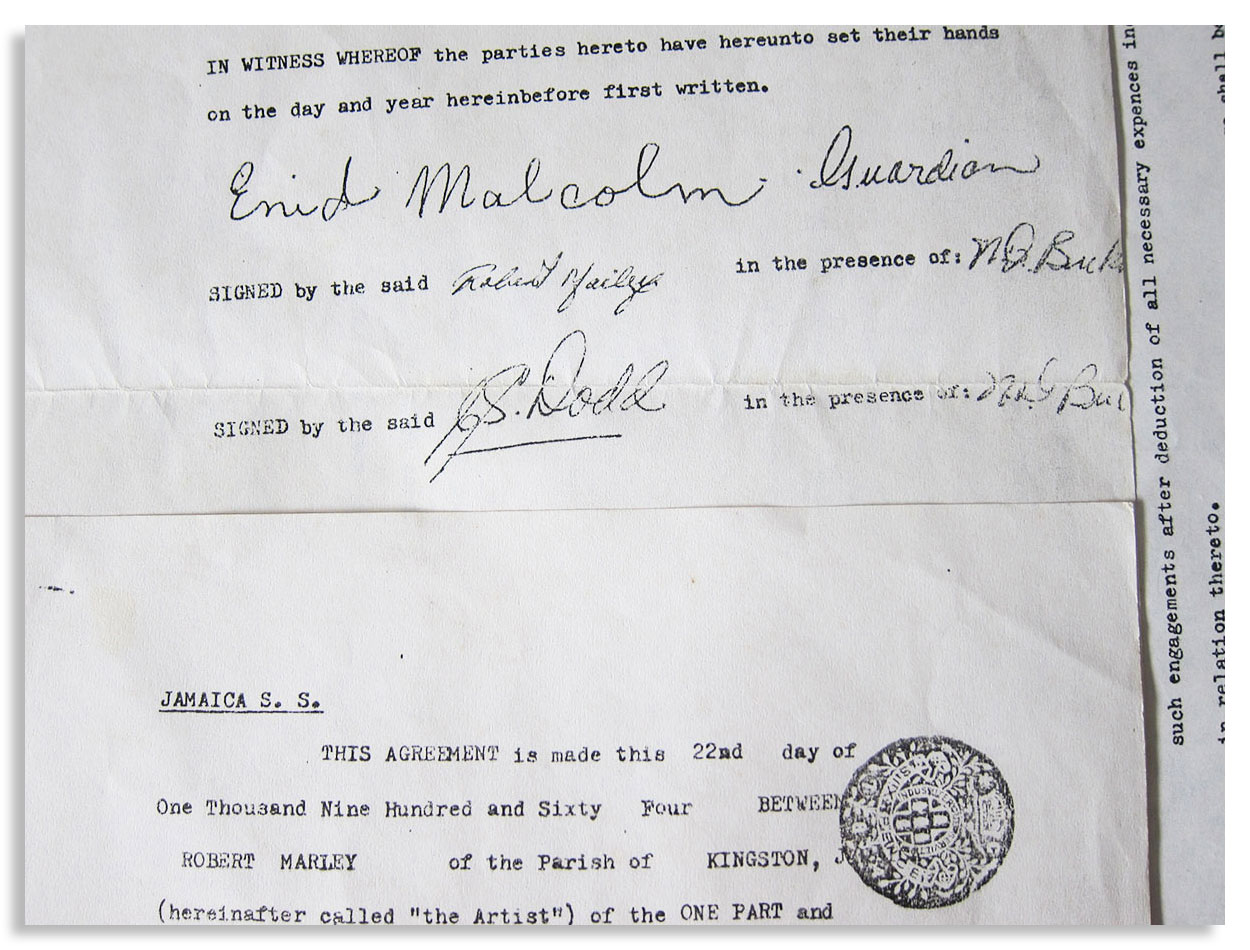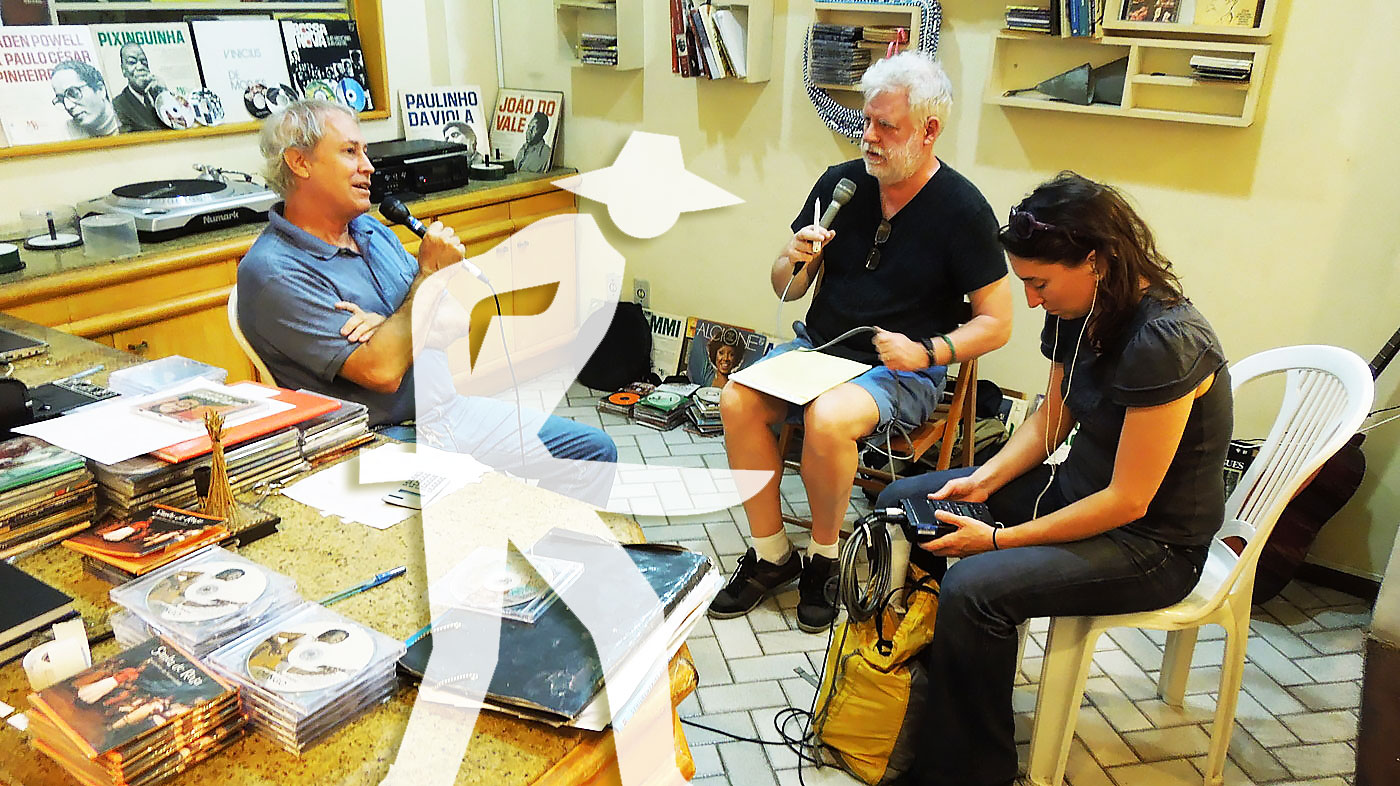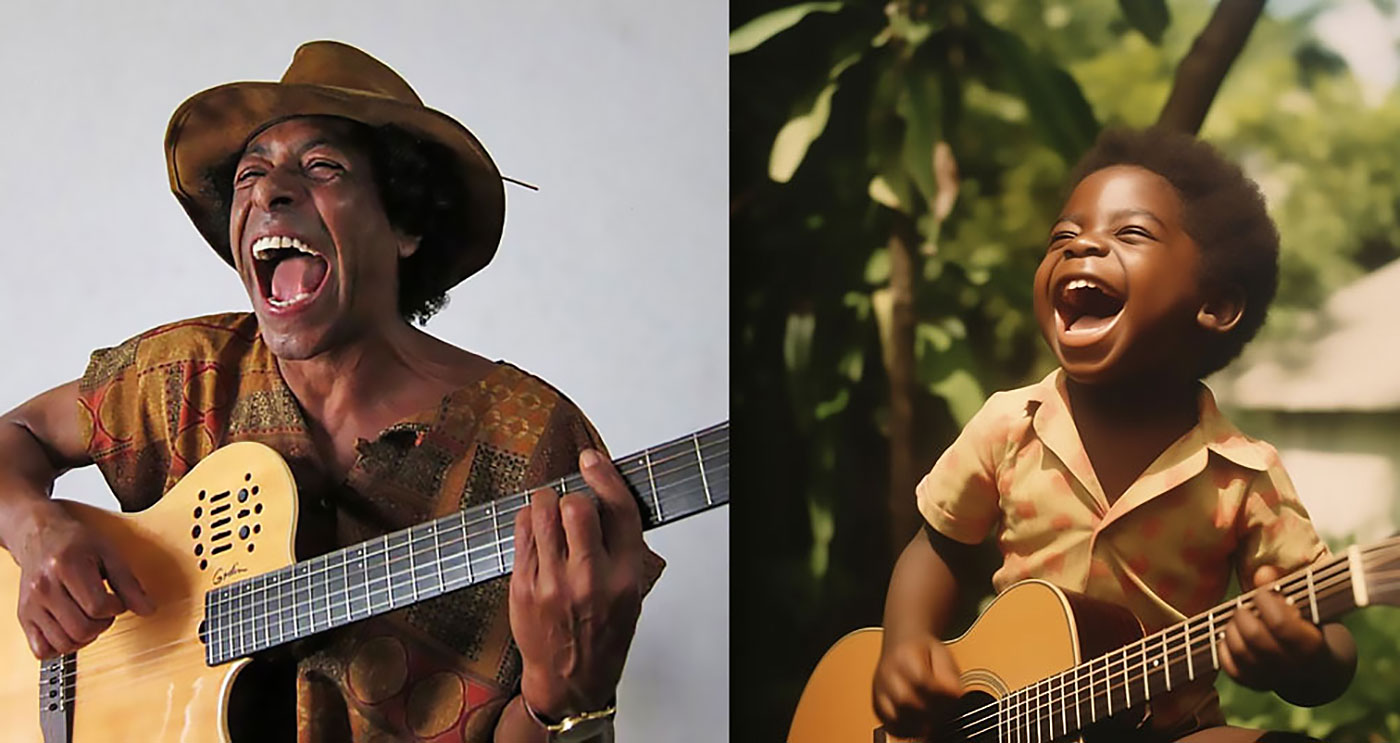CURATION
- from this page: by Matrix
Network Node
- Name: Art Rosenbaum
- City/Place: Athens, Georgia
- Country: United States
Life & Work
-
Bio:
Art Rosenbaum, born in 1938 in Ogdensburg, NY, is a painter, muralist, and illustrator, as well as a collector and performer of traditional American folk music. He earned his AB in Art History and his MFA in Painting at Columbia University and has worked in France on a Fulbright in Painting; he also held a Fulbright Senior Professorship in Germany. Among his exhibitions were the New Orleans Triennial and the Corcoran’s 41st Biennial of American Painting, and his works are in many collections, including the New Orleans Museum of Art and the Columbus (GA) Museum, the Georgia Museum of Art, and the Smithsonian National Museum of American Art. His solo show in 2000 at the Blue Mountain Gallery in New York was reviewed in Art in America. The Liverpool (UK) College of Art and Design presented a solo show of his work as part of the 2004 Liverpool Biennial. A major retrospective “Weaving His Art on Golden Looms: Paintings and Drawings by Art Rosenbaum” was mounted at the Georgia Museum of Art in 2006. He has executed mural commissions at the UCLA School of Law, the Willson Center for Humanities and Arts and the Russell Special Collections Library, both at the University of Georgia. He has taught studio art at the University of Iowa and the Lamar Dodd School of Art at the University of Georgia where he was named the first Wheatley Professor in Fine Arts.
His folk music field work in the South and Midwest has resulted in over 14 documentary recordings, several of which are on Smithsonian-Folkways. His boxed set, released on Dust-to-Digital, Art of Field Recording Vol. I: Fifty Years of American Traditional Music Documented by Art Rosenbaum won a Grammy for Best Documentary Recording in 2008. He wrote and illustrated Folk Visions and Voices: Traditional Music and Song in North Georgia (1983), and Shout Because You’re Free: The African American Ring Shout Tradition on the Coast of Georgia (1998), both published by the University of Georgia Press; his study, The Mary Lomax Ballad Book: America’s Great 21st Century Traditional Singer was published in 2013. A performer on a variety of folk instruments, he has appeared at numerous folk festivals both solo and with groups like the present-day Skillet Lickers, has cut three banjo/vocal LPs and CDs, and has written and illustrated three instruction books on traditional banjo styles.
Contact Information
- Contact by Webpage: http://artrosenbaum.org/v2/contact/
- Telephone: 706-548-7730
Media | Markets
- ▶ Book Purchases: http://artrosenbaum.org/v2/publications/
- ▶ Website: http://artrosenbaum.org
- ▶ YouTube Channel: http://www.youtube.com/user/BackroadsandBanjos
- ▶ YouTube Music: http://music.youtube.com/channel/UC0w5-Gno-j0jqPMnT13ZNEg
- ▶ Spotify: http://open.spotify.com/artist/42YxukvxprVYE0g6556LGt
My Writing
-
Publications:
Field work in the South, the Midwest, and beyond has resulted in three scholarly books authored by Art as well as over 14 annotated LPs and CDs. The boxed set Art of Field Recording Vol. I: Fifty Years of American Traditional Music, on Dust-to-Digital, won a Grammy for Best Documentary Recording in 2008. He has also written three instruction books on old-time banjo. Over the years four LPs and CDs featuring Art’s own playing and singing have been released.
Weaving His Art on Golden Looms: Paintings and Drawings by Art Rosenbaum
This catalog accompanied Art Rosenbaum’s first major retrospective exhibition in 2006 at the Georgia Museum of Art, curated by Dennis Harper, with essays by Harper and Paul Manoguerra, Curator of American Art. There are also entries by Willilam Underwood Eiland, Director of the Museum, and Len Jenkin, playwright and novelist. The catalog is illustrated with 51 full-color images of the entire checklist of paintings, drawings and prints from 1953 through 2005. The title comes from a poem by self-taught artist, Reverend Howard Finster:
“Art Rosenbaum has a lot of fun
Playing his banjow [sic] in different tunes
weaving his art on golden looms.”
The Matrix is a small world network. Like stars coalescing into a galaxy, creators in the Matrix mathematically gravitate to proximity to all other creators in the Matrix, no matter how far apart in location, fame or society. This gravity is called "the small world phenomenon". Human society is a small world network, wherein over 8 billion human beings average 6 or fewer steps apart. Our brains contain small world networks...
![]() Wolfram MathWorld on the Small World Phenomenon
Wolfram MathWorld on the Small World Phenomenon
![]() Matemática Wolfram sobre o Fenômeno Mundo Pequeno
Matemática Wolfram sobre o Fenômeno Mundo Pequeno
"In a small world, great things are possible."

It's not which pill you take, it's which pathways you take. Pathways originating in the sprawling cultural matrix of Brazil: Indigenous, African, Sephardic and then Ashkenazic, European, Asian... Matrix Ground Zero is the Recôncavo, contouring the Bay of All Saints, earthly center of gravity for the disembarkation of enslaved human beings — and the sublimity they created — presided over by the ineffable Black Rome of Brazil: Salvador da Bahia.
("Black Rome" is an appellation per Caetano Veloso, son of the Recôncavo, via Mãe Aninha of Ilê Axé Opô Afonjá.)
"Dear Sparrow: I am thrilled to receive your email! Thank you for including me in this wonderful matrix."
—Susan Rogers: Personal recording engineer for Prince, inc. "Purple Rain", "Sign o' the Times", "Around the World in a Day"... Director of the Berklee Music Perception and Cognition Laboratory
"Thanks! It looks great!....I didn't write 'Cantaloupe Island' though...Herbie Hancock did! Great Page though, well done! best, Randy"
"We appreciate you including Kamasi in the matrix, Sparrow."
—Banch Abegaze: manager, Kamasi Washington
"This is super impressive work ! Congratulations ! Thanks for including me :)))"
—Clarice Assad: Pianist and composer with works performed by Yo Yo Ma and orchestras around the world
"Dear Sparrow, Many thanks for this – I am touched!"
—Julian Lloyd-Webber: UK's premier cellist; brother of Andrew Lloyd Webber (Evita, Jesus Christ Superstar, Cats, Phantom of the Opera...)
"Thanks, this is a brilliant idea!!"
—Alicia Svigals: World's premier klezmer violinist
Developed here in the Historic Center of Salvador da Bahia ↓ .
![]() Bule Bule (Assis Valente)
Bule Bule (Assis Valente)
"♫ The time has come for these bronzed people to show their value..."
Production: Betão Aguiar
MATRIX MODUS OPERANDI
Recommend somebody and you will appear on that person's page. Somebody recommends you and they will appear on your page.
Both pulled by the inexorable mathematical gravity of the small world phenomenon to within range of everybody inside.
And by logical extension, to within range of all humanity outside as well.
MATRIX (PARDAL)
I'm Pardal here in Brazil (that's "Sparrow" in English). The deep roots of this project are in Manhattan, where Allen Klein (managed the Beatles and The Rolling Stones) called me about royalties for the estate of Sam Cooke... where Jerry Ragovoy (co-wrote Time is On My Side, sung by the Stones; Piece of My Heart, Janis Joplin of course; and Pata Pata, sung by the great Miriam Makeba) called me looking for unpaid royalties... where I did contract and licensing for Carlinhos Brown's participation on Bahia Black with Wayne Shorter and Herbie Hancock...
...where I rescued unpaid royalties for Aretha Franklin (from Atlantic Records), Barbra Streisand (from CBS Records), Led Zeppelin, Mongo Santamaria, Gilberto Gil, Astrud Gilberto, Airto Moreira, Jim Hall, Wah Wah Watson (Melvin Ragin), Ray Barretto, Philip Glass, Clement "Sir Coxsone" Dodd for his interest in Bob Marley compositions, Cat Stevens/Yusuf Islam and others...
...where I worked with Earl "Speedo" Carroll of the Cadillacs (who went from doo-wopping as a kid on Harlem streetcorners to top of the charts to working as a janitor at P.S. 87 in Manhattan without ever losing what it was that made him special in the first place), and with Jake and Zeke Carey of The Flamingos (I Only Have Eyes for You)... stuff like that.

Yeah this is Bob's first record contract, made with Clement "Sir Coxsone" Dodd of Studio One and co-signed by his aunt because he was under 21. I took it to Black Rock to argue with CBS' lawyers about the royalties they didn't want to pay (they paid).
MATRIX MUSICAL
I built the Matrix below (I'm below left, with David Dye & Kim Junod for U.S. National Public Radio) among some of the world's most powerfully moving music, some of it made by people barely known beyond village borders. Or in the case of Sodré, his anthem A MASSA — a paean to Brazil's poor ("our pain is the pain of a timid boy, a calf stepped on...") — having blasted from every radio between the Amazon and Brazil's industrial south, before he was silenced. The Matrix started with Sodré, with João do Boi, with Roberto Mendes, with Bule Bule, with Roque Ferreira... music rooted in the sugarcane plantations of Bahia. Hence our logo (a cane cutter).
A Massa (do povo carente) / The Masses (of people in need)

-
Add to my PlaylistA Massa - Raymundo Sodré (7,093 plays)
-
Add to my PlaylistSina de Cantador - Raymundo So... (6,909 plays)
-
Add to my PlaylistMagnetismo - Raymundo Sodré ... (6,353 plays)
-
Add to my PlaylistSacando a Cana - Raymundo Sodr... (5,957 plays)
-
Add to my PlaylistMêrêrê - Raymundo Sodré (5,465 plays)
-
Add to my PlaylistJardim do Amor - Raymundo Sodr... (4,677 plays)
-
Add to my PlaylistDebaixo do Céu - Raymundo Sodr... (4,151 plays)
-
Add to my PlaylistDesejo de Amar - Raymundo Sodr... (3,861 plays)
-
Add to my PlaylistOração pra Yá Oxum - Raymundo ... (3,741 plays)
-
Add to my PlaylistYá África - Raymundo Sodré (3,509 plays)
-
Add to my PlaylistMeu Rio, Cadê o Papel - Raymun... (3,177 plays)
-
Add to my PlaylistCasa de Trois - Raymundo Sodré... (2,896 plays)
-
Add to my PlaylistMulher é Laço que Prende o Coração do Vaqueiro - R... (2,556 plays)






























































































































































































































































































































































































































































